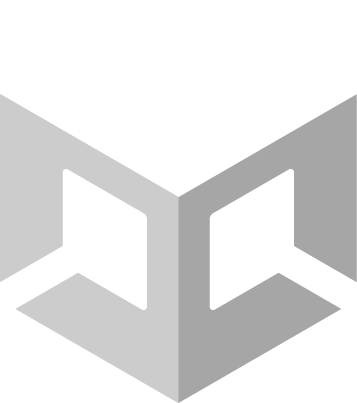 Unity
Unity Dream Frontier is a turn-based RPG created alongside my co-creator Ethan Sutley. Originally titled Tales From the Unknown, this was an ongoing project throughout my time in college and was essentially the project I learned game development with.

This project saw many revisions, and with each one came more refined gameplay systems, art direction, and technical design. In its final form, Dream Frontier featured a claymation-inspired art style and a MOTHER-inspired combat system. I handled all programming and systems work, including building a modular combat system, designing and implementing the UI, writing narrative content, scripting cutscenes, and integrating enemy behavior and VFX. Ethan focused primarily on 3D modeling and game design, while I integrated their assets into the systems I built.





Various early iterations of the combat system
Gameplay
Basil, Lavender, and Poppy are psychic friends on a quest to heal the divide between the normal world and the Dream Frontier. In this early adventure they travel to a small mountain village, meet strange characters, and solve the mystery of the Light from Prism Peak.
Dream Frontier is a turn-based role playing game inspired by Earthbound and 90’s SquareSoft RPGs. Players control a party of three characters, explore a colorful overworld, talk with characters in directed cutscenes, and engage with enemies in a simple combat system.
Encounter gameplay sticks to the basics of the genre with a few twists. Health is a “rolling counter” that doesn’t change instantly, giving the player time to act during a turn before it is drained. Each character has their own specialization and abilities that encourage varied play styles along with a unique Encore. The Encore system lets the characters build energy over an encounter and unleash a large psychic power.
Technical Highlights
One of the most rewarding technical achievements was implementing a modular combat system using the Command pattern. Each combat action was wrapped as a Command object in a queue, which not only simplified executing attack sequences, but also allowed non-combat commands like dialogue, visual effects, and other event triggers to integrate seamlessly. After reworking our combat system a number of times, this modular approach made iterating on gameplay mechanics and balancing encounters much more efficient, and it gave the combat a dynamic, responsive feel.
The UI also received significant effort. I built a stack-based system that allows players to traverse menus intuitively, cancel actions, and maintain context when backing out of submenus. Combined with combat feedback like the “Encore” meters, rolling text, and dynamic character stats, the UI aimed to communicate complex systems in a clear but playful manner while keeping the player engaged.
Reflection
We developed a final Dream Frontier demo in parallel with my senior capstone project (another game dev project), which imposed a rigorous timeline as I approached graduation and didn’t really set us up for success. We had ambitious plans for the game, with a lot more content and more polished systems in progress, but to meet the deadline, we had to cut most of it. Despite these constraints, we delivered a playable vertical slice that includes a three-character party, a short narrative arc with cutscenes, and a combat system featuring multiple enemy encounters and a boss battle.
Dream Frontier was for me, a full-on crash course in the realities of game development. It was a project I was always tinkering with in my first few years learning game dev, either actively as my main project, or as something on the back burner. Like many first game dev projects, it was far over-scoped and too ambitious for me to tackle, but even after I internalized that, I kept at it anyways trying to race to get a demo finished. From the very first prototype, to our demo many iterations and total project reworks later, I logged well over 2,000 hours learning, executing, and refining my game dev skills.
In our two-person team, I did all things game—programming, combat systems, UI, dialogue, cutscenes, even testing and balancing. The demo itself isn’t super polished—a lot of features we had in progress were cut in order to make the deadline—but the process taught me more about scoping, iteration, and code architecture than any single class or school project ever could. We ultimately decided not to continue the game after the demo, but it was an incredible learning experience, and the project really laid the ground work for my skills as a developer.

